Rubber expansion joint
is a flexible connector to absorb noise, shock, vibration, physical and thermal energy.
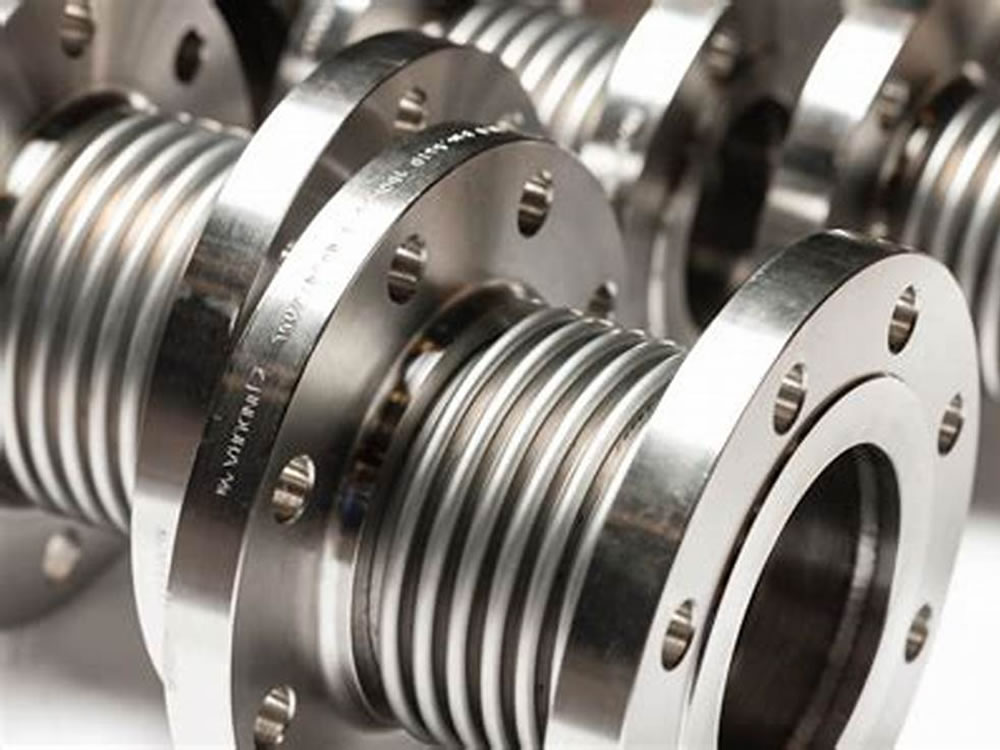
Metallic pipe expansion joints are flexible connectors used in piping systems to accommodate thermal expansion, vibration, and movement.
Download PDFThey are designed to absorb the expansion and contraction of pipes caused by temperature changes, preventing stress and damage to the system.
The thermal movement required can be axial, lateral or angular. In some cases, the pressure thrust of a pipe expansion joint must be restrained by the use of tie rods, hinges or gimbal while allowing the bellows to move through its design deflections.
Sunny Steel offers a wide range of expansion joints, suitable for numerous specific applications.
The Sunny Steel expansion joints portfolio basically consists of three main series:
The heart of all expansion joints is the metal bellows. Thanks to modern design and manufacturing facilities, all BOA expansion joints offer the following advantages:
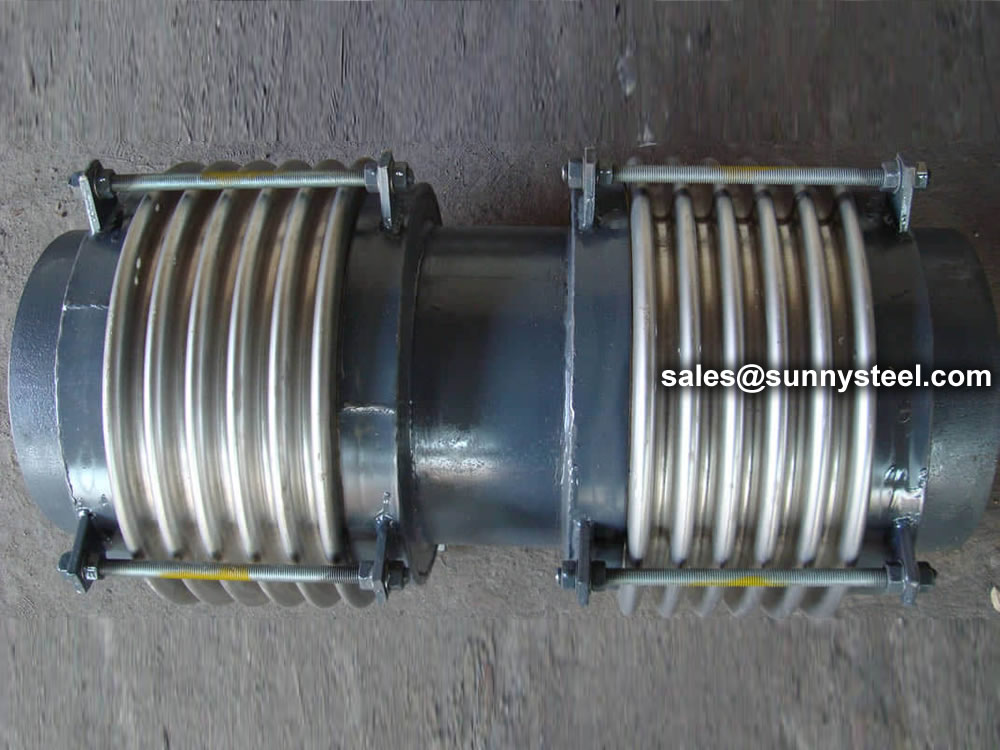
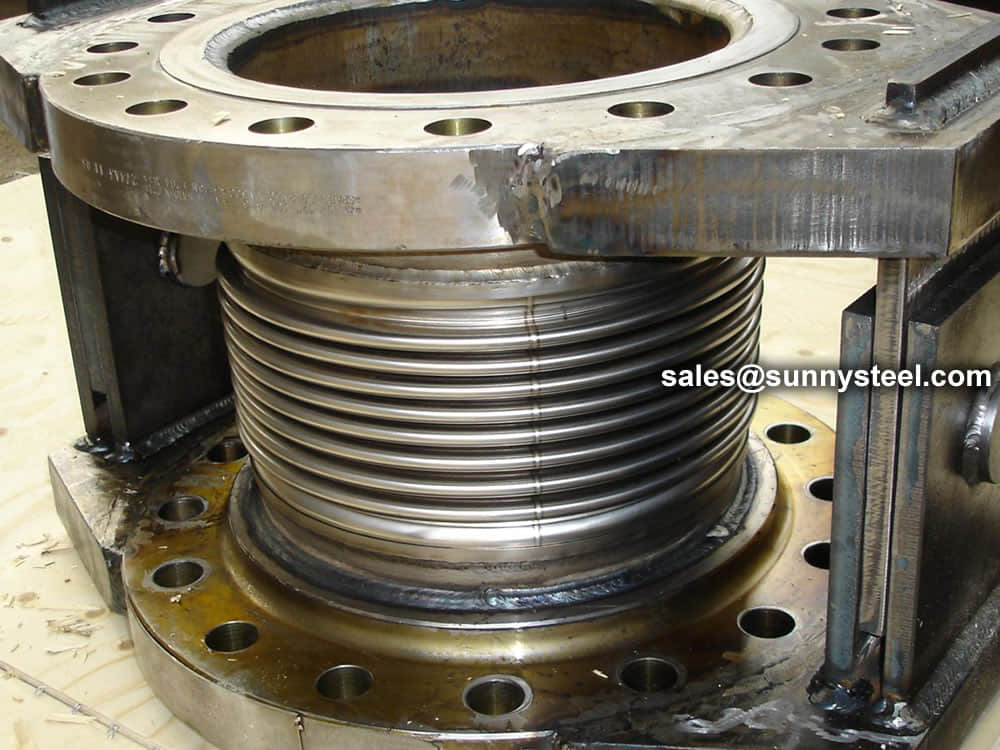
The third-party inspection has meticulously verified the dimensions, and we are ready to proceed with shipping.
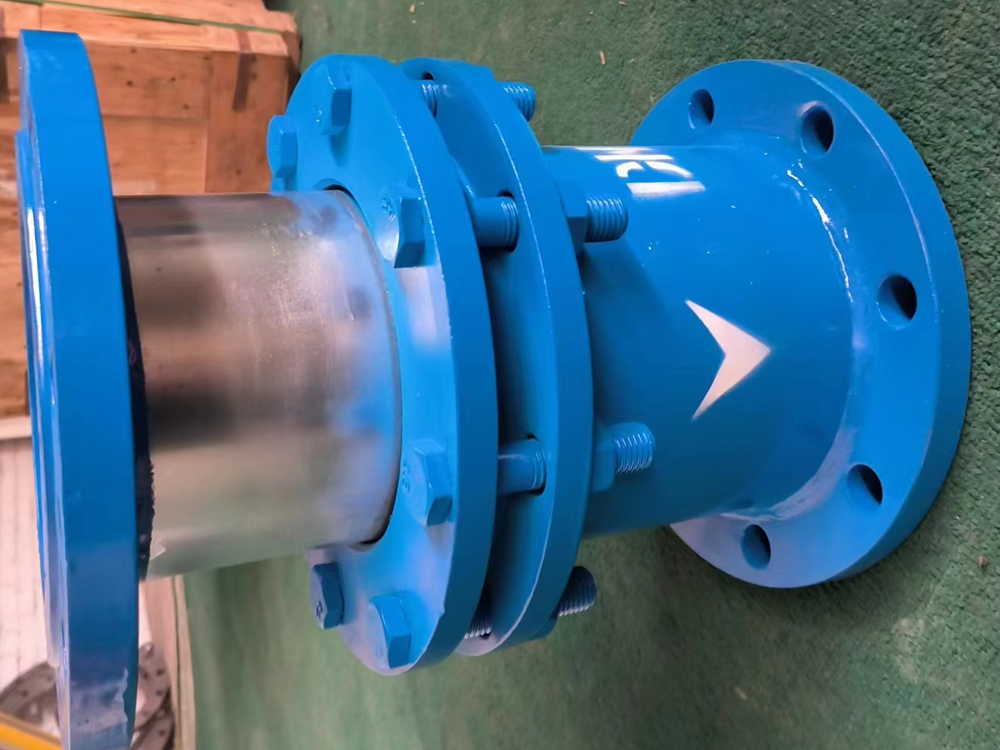
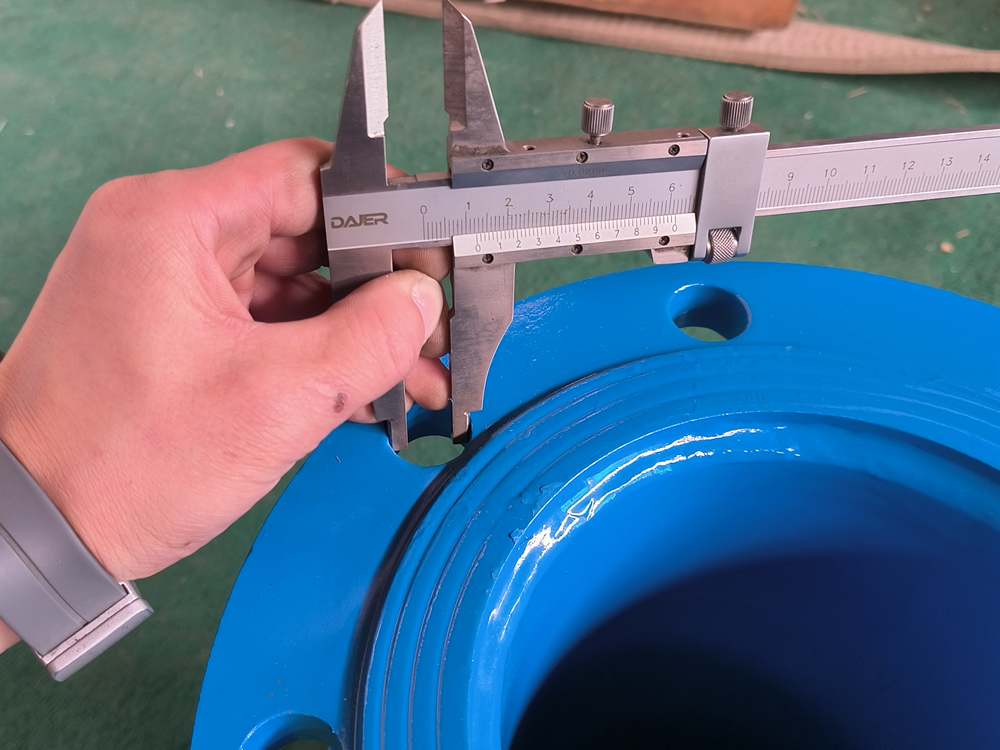
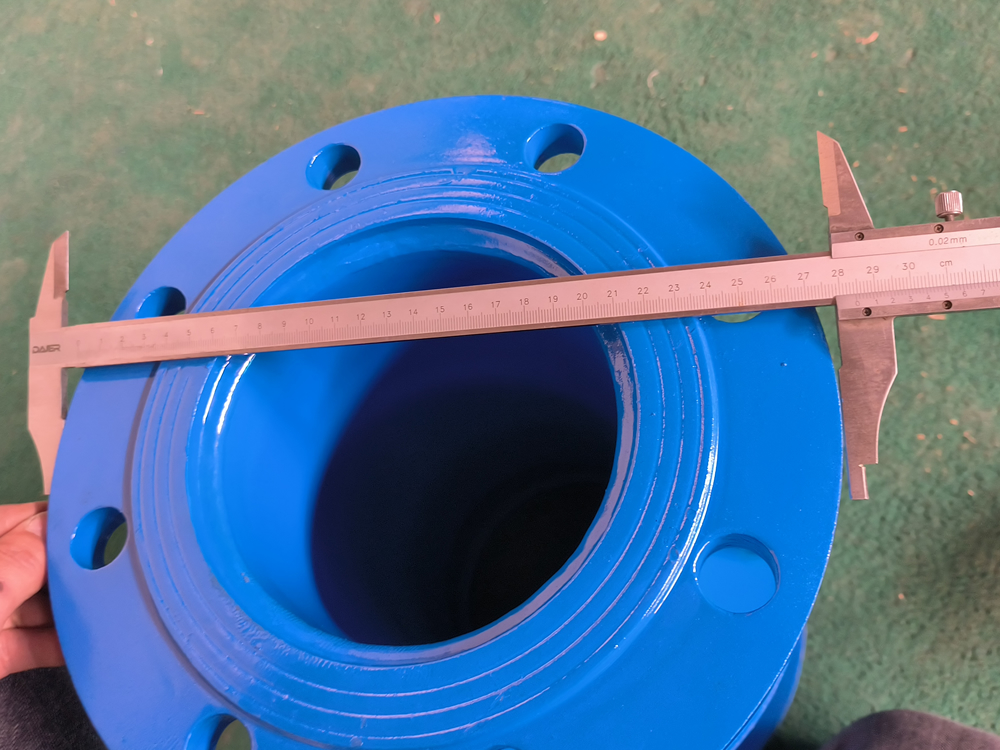
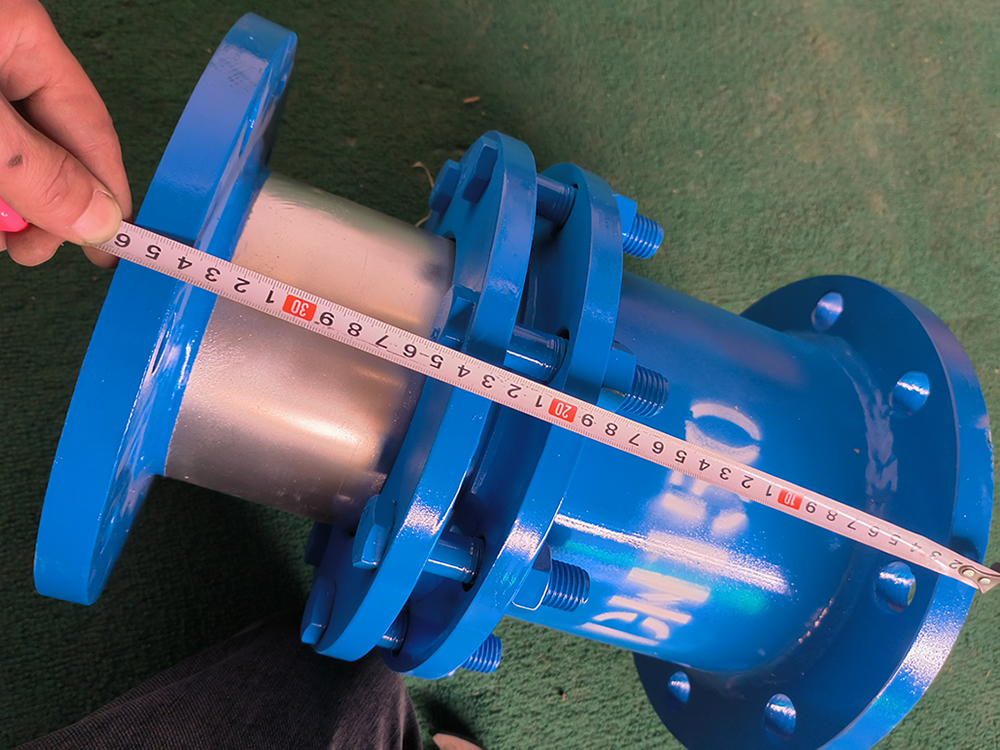
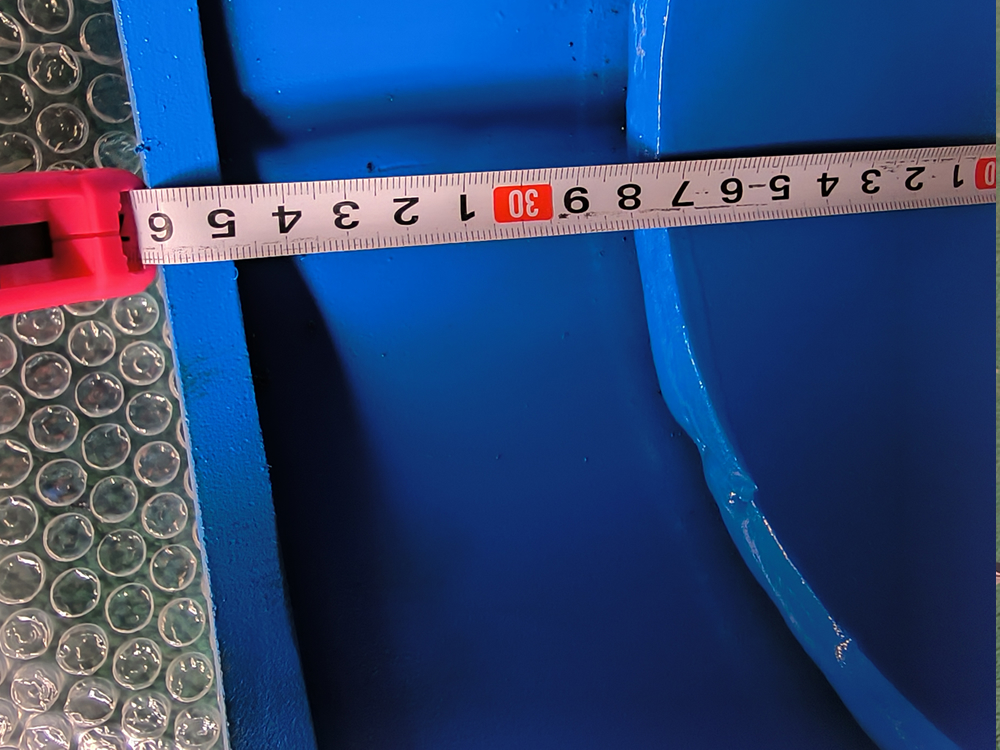

Storage
Handling
Do not lift with ropes or bars through the bolt holes. If lifting through the bore, use padding or a saddle to distribute the weight. Do not let expansion joints sit vertically on the edges of the flanges for any period of time. Do not lift on the shipping restraints.
Service Conditions
Make sure the expansion joint rating for temperature, pressure, movements, and selection of materials match the system requirements. Contact the manufacturer if the system requirements exceed those of the expansion joint selected.
Alignment
Expansion joints are not designed to make up for piping misalignment errors. Check with the manufacturer if piping misalignment is present.
Anchoring
The main function of expansion joints is to compensate for axial pipe thermal expansion. Metal expansion joints must have the protection of adequate anchoring against the internal and thrust pressures of the media to prevent damage. Anchoring must be installed as close to the down stream end of the expansion joint as possible, with the originating equipment serving as the opposite anchor. Anchors must prevent pipe movement in any direction. Hangers or pipe pedestals cannot be considered to be anchors as they offer no restriction against side or end motion.
When designing an anchor for a metal expansion joint, consult the internal thrust force table from the appropriate expansion joint catalogue. The weight of piping, valves, and media, as well as the resistance of the piping to deflection, must be included as part of the design weight and strength of an anchor.
Anchors are required whenever a piping system changes direction. Expansion joints should be located as close as possible to anchor points. For additional expansion joint protection, it is recommended that control rods be installed on the expansion joint to prevent excessive movements from occurring due to pressure thrust of the line.
Guides
Expansion joints must be properly guided and anchored in accordance with EJMA standards.
Pipe Support
Piping must be supported so expansion joints do not carry any pipe weight.
Mating Flanges
Install the expansion joint flange against the mating pipe flanges and install bolts so that the bolt head is against the expansion joint flange. Bolts should be installed from the bellows side (so that the bolt heads are adjacent to the bellows) to insure that the bolts do not interfere with the bellows during periods of compression. Flange-to-flange dimensions of the expansion joint must match the required opening.
Make sure mating flanges are clean and are matched to the type supplied with the expansion joint. Gaskets of appropriate material, size and temperature ratings must be used in all flange-to-flange type installations.
Bolt Torque
Tighten bolts in stages by alternating around the flange. Never tighten an expansion joint to the point that there is
metal-to-metal contact between the expansion joint flange and the mating flange.
Shipping Restraints
The expansion and compression movements are preset at the factory. The shipping restraints protect the expansion joint in its neutral position prior to installation. Remove the shipping restraints after installation and before hydro-testing the system.
Additional Tips:

They consist of one or more metal bellows, connectors at both ends, and tie rods, depending on the application. Metal expansion joints are differentiated based on the three basic types of movement: axial, angular, and lateral expansion joints .

This expansion joint is the simplest one available and comes with one bellows section and end connections. This type of expansion joint requires the most control of the adjacent piping in regards to anchors and guiding.
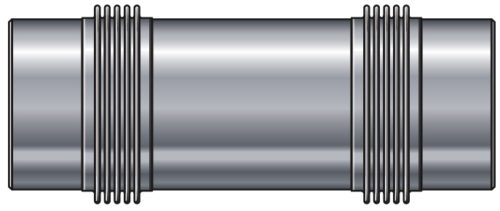
This expansion joint has two bellows sections connected by a center pipe section. This design allows for large amounts of lateral deflection. The universal can also allow for axial and angular movements in addition to the lateral movement. This expansion joint does not come with the hardware to resist pressure thrust. Like the single unrestrained expansion joint the universal expansion joint must be properly anchored and supported.
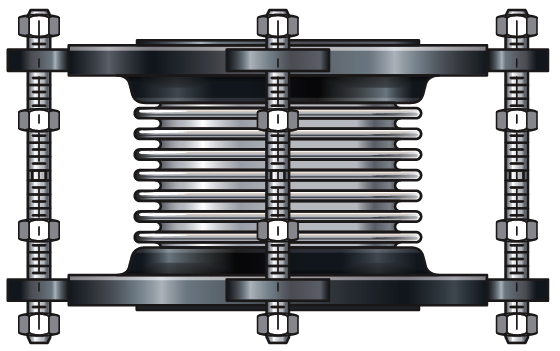
This expansion joint is exactly like the single unrestrained expansion joint but it is provided with tie rods. When adding tie rods to the expansion joint it stops the bellows from overextending. The tie rods act as limit rods and has stops set to allow axial movement to a specifically designed movement.
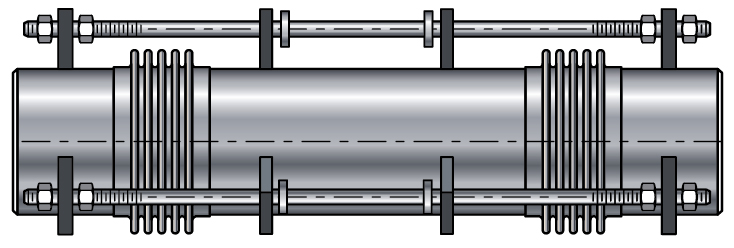
This expansion joint is exactly like the universal expansion joint but the tie rods have been designed into the unit. By adding the tie rods you restrain pressure thrust. The pressure balance expansion joint will not accept external axial movement without overcoming this pressure thrust force.
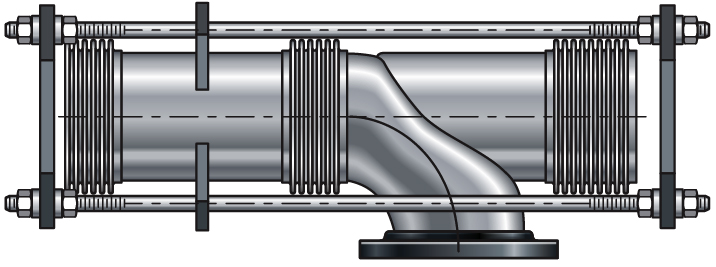
This expansion joint is designed to not only restrain the pressure thrust but in addition, balances the pressure thrust so as not to have anchoring of the adjacent piping or equipment. This pressure balanced elbow expansion joint can be designed as single or universal depending on how much lateral movement is required.
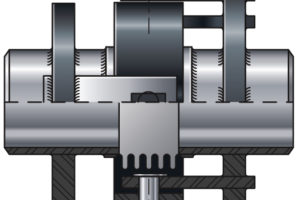
This expansion joint has a single bellows section. The gimbal expansion joint is designed to allow angular rotation in any plane by using two pairs of hinges connected to a common central floating ring. The gimbal expansion joint is usually used in pairs of threes or in combination with the hinged expansion joint.
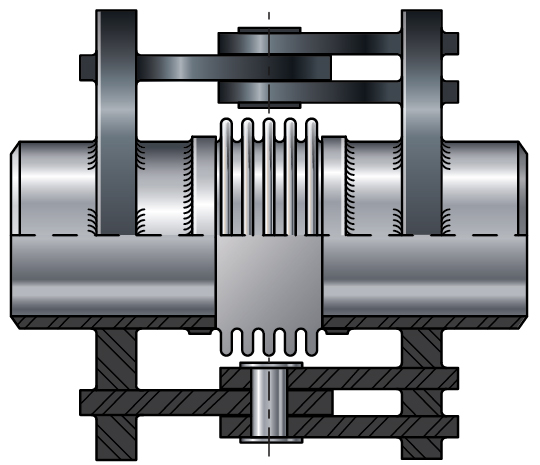
This expansion joint has a single bellows section and is designed to allow angular rotation in one plane only. The hinge hardware is rigid in the axial direction so as not to allow the expansion joint to allow axial movement in piping systems. The hinged expansion joint is usually used in pairs of threes or in combination with a gimbal expansion joint.
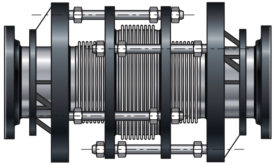
This expansion joint is unusual in its’ design in that it absorbs lateral, axial, and angular movement. This in-line pressure balanced expansion joint is designed for cases where the main anchoring is not feasible or pressure loads are to high for equipment like pumps and turbines.
